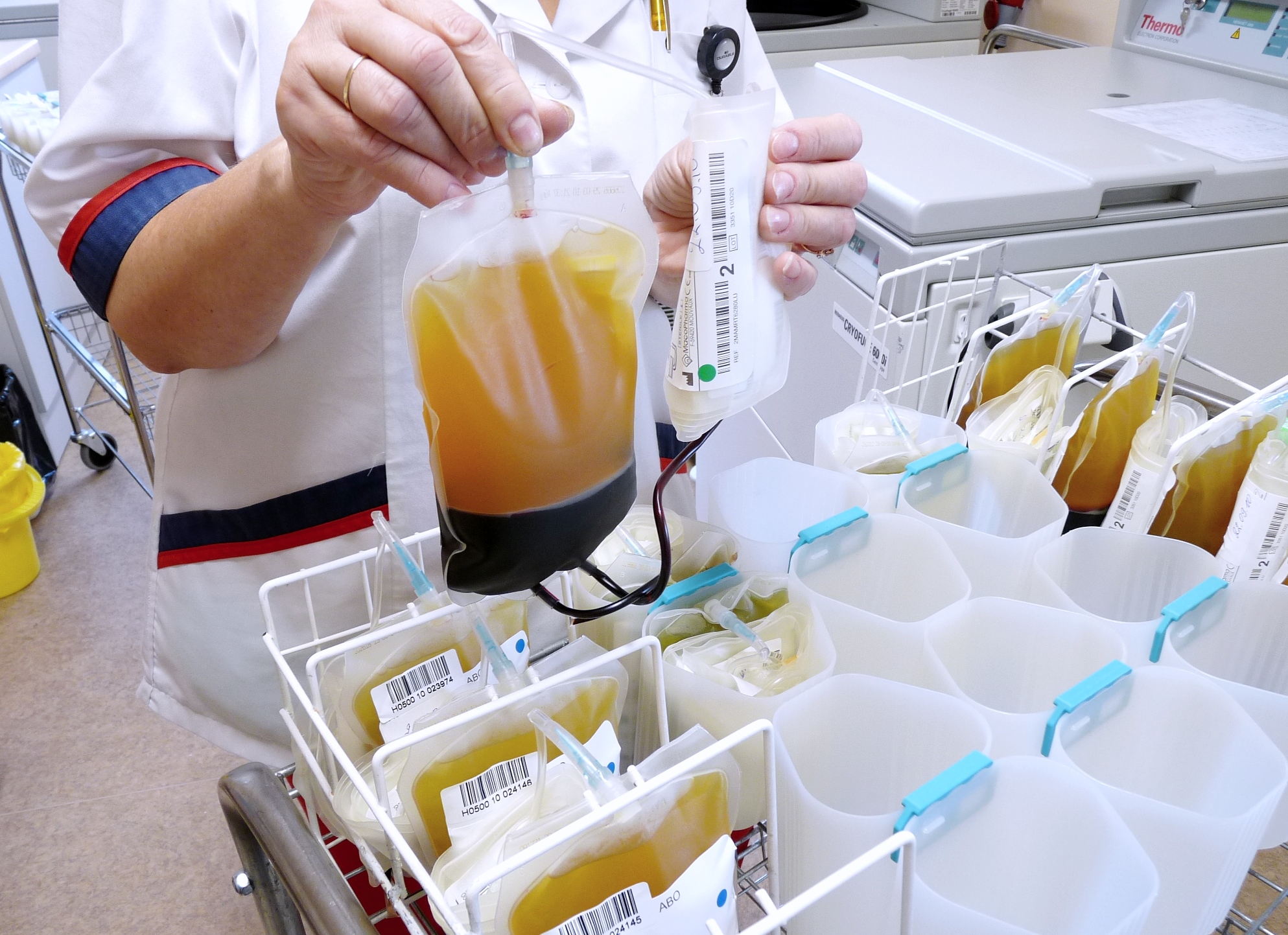About Blood
Blood collected from donors doesn’t go straight to the hospital in pure form – first the components are separated from each other. Only the component that patients need is transfused. This results in less waste and prevents excessive intake.
Adults have four to five litres of blood in their body and a donor gives up about 450 ml. That is 7-13 percent of the total volume and poses no danger to healthy adults.
Blood consists of a liquid part – called plasma and consisting of water, nutrients and residual substances, proteins, clotting factors) and cells. Blood cells can be:
- red blood cells – erythrocytes, whose function is to transport oxygen throughout the body;
- platelets – thrombocytes, which are important for clotting and
- white blood cells – leukocytes, which protect the body against infection and are not transfused from person to person.
Usually three main components are made from whole blood: erythrocyte suspension, fresh frozen plasma and thrombocyte concentrate. Thanks to this, one dose of blood donated by a donor can help at least three patients.
The plasma is replenished in an average of 24 hours, and the blood cells replenish within an average of three weeks.
The required conditions for storage of the components vary, which is another reason for separating them. Red blood cells can be kept at ordinary refrigerator temperature, plasma has to be deep-frozen and platelets can be at room temperature but kept in constant agitation.
Special nutrient solutions are used for preserving the components. These help the cells at biological peak condition and fit for use in transfusions for a certain period. As donor blood remains fresh for only a short time, the Blood Centre stocks need to be replenished every day.
